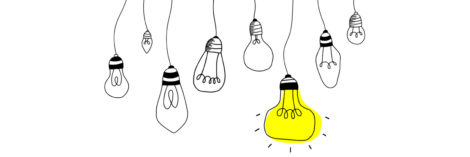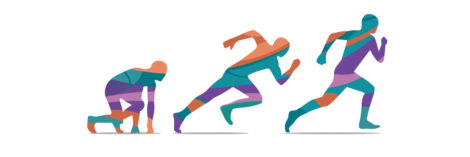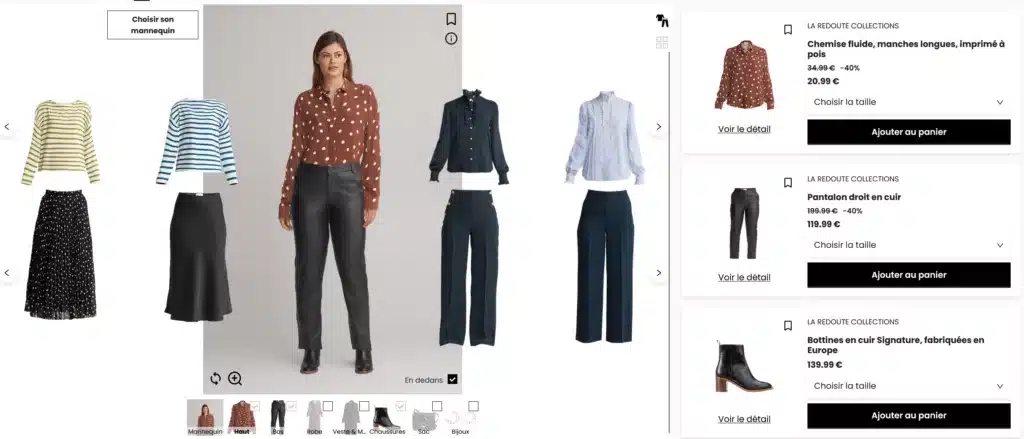How can we get e-commerce out of its current slump? Through a richer customer experience. Maxime Patte, the founder of Veesual, calls that an “augmented e-commerce experience.” Veesual has developed an algorithm based on generative AI to enable e-retailers to contextualize garments easily. This podcast and article look at Veesual’s technical and commercial adventure in a new market where customers must be aware of a new need.
French magazine Challenges chose Veesual as one of the 100 start-ups to watch in France. By doing this podcast with its founder, Maxime Patte, I could put my finger on the difficulty of developing an innovative product and convincing brands to use it.

Market Overview
With the advent of the digital revolution and the rise of e-commerce, the fashion sector has undergone a radical transformation. Today, it accounts for 20% of global e-commerce in a market worth several hundred billion dollars.
Nevertheless, e-commerce is under pressure (see the latest statistics here), particularly in the apparel sector. In this tense context, Veesual has positioned itself with a highly technological solution based on generative AI and, more specifically, GAN (Generative Adversarial Networks). This technology enables the creation of fictitious images, which Veesual valorizes in diverse ways. While GANs are generally the source of aberrations, the GAN family used by Veesual (Virtual Try-On Network GAN or VITON-GAN) guarantees product integrity.
For more technical information on VITON-GAN, please consult this scientific article.

Genesis of Veesual
As is often the case in start-ups, the idea’s genesis came from a series of pitches. Maxime was lucky enough to be part of an acceleration program called “Plug & Play,” which put him in contact with several major groups (notably La Redoute, to which we’ll return in the next paragraph).
These pitches confirmed that all companies in the fashion sector had one difficulty in common: content creation. For each new collection, between 5 and 10 images had to be created for the product page, plus a series of images for social networks.
Veesual was born of a meeting between CEO Maxime and an AI researcher while working in a data science start-up studio in Paris. The researcher had a research topic on a new type of deep learning algorithm: GANs, Generative Adversarial Networks.
This technology creates new data (known as synthetics) from a training data set. It can create new images at the wave of a magic wand without needing photoshoots or Photoshop expertise.

Validation
The Proof Of Concept (POC) confirmed the brands’ interest. As Maxime explains in the podcast, when he pitched the idea, the brands were excited but needed something concrete to project themselves into using the tool. The road to proposing this POC was lengthy (2 years), as we had to meet the brands’ expectations regarding image resolution and guarantee that the garments were not modified by algorithmic processing.
The distinctive feature of the GANs used by Veesual is that they do not change the appearance of the garments processed by the algorithm. In other words, the garment’s appearance remains the same, whereas a normal GAN might alter it. For an e-retailer, of course, there’s no question of the garment not conforming to the original. This particularity of VITON-GAN led Maxime Patte to envisage a complete range of fashion applications. The result is “Augmented E-commerce Experiences,” an experience category pioneered by Veesual. These augmented experiences are known as Mix&Match, Switch Model, and Virtual Try-On, enabling customers to experience the product online before buying it.

The beginning
Veesual joined the “Plug & Play” gas pedal. This enabled Maxime to meet decision-makers from major fashion companies. One of these companies, La Redoute, gave Veesual its first chance. La Redoute conducted market research, which showed that customers needed to identify with the models on their e-commerce website. It was on this company’s website that the first full-scale “experiment” with Veesual’s technology was set up.
The initial collaboration with La Redoute was a significant milestone for Veesual. By teaming up with a well-known retailer, they confirmed their innovative concept and gained visibility and credibility in the market. This first collaboration served as a springboard, opening the door to further opportunities and collaborations, and establishing Veesual as an innovative player in the online fashion arena. Maxime points out that the second and third customers directly result from the collaboration with La Redoute.
The “Mix & Match” experience can still be viewed on the La Redoute website (see screenshot above).

Take off
Take-off revolves around the development of the Veesual platform and the creation of new “augmented experiences.” Take-off also involves a major prospecting effort. This means implementing appropriate marketing strategies to find new customers.
Veesual initially used outbound marketing. According to Maxime, there were more effective strategies. It may keep prospects “top of mind,” but it’s not enough. Veesual now relies more on inbound marketing to sign contracts, particularly creating white papers and use cases.
The most effective technique at present is “pipe sharing.” This involves using other companies in the company’s network to conduct “warm intros” with prospective customers.

The future
With ambitions extending far beyond France’s borders, Veesual aims to become the leader in its market category. The European and American markets are the most mature for integrating an “augmented e-commerce experience” on their websites.
The challenge is significant, however, in a sluggish e-commerce market and a cost-cutting environment. But this technology is worth the effort, as it produces spectacular results and positively contributes to the sales experience and conversion.
Posted in Entrepreneurship.
